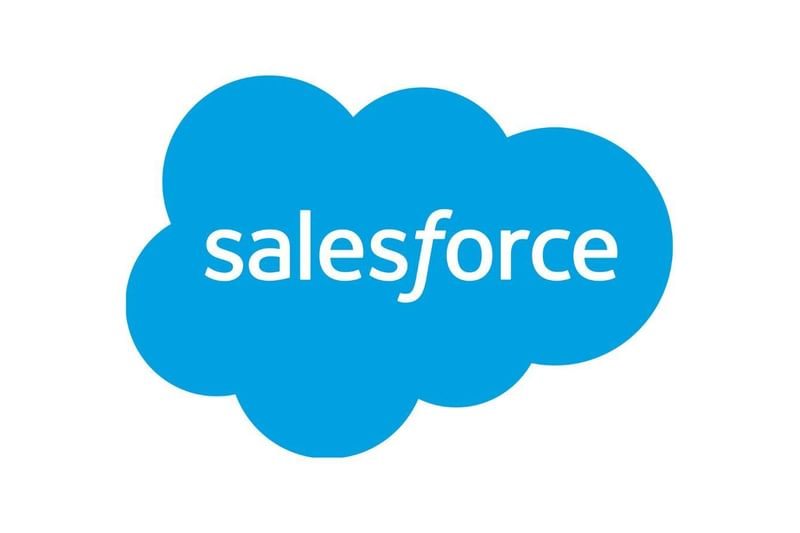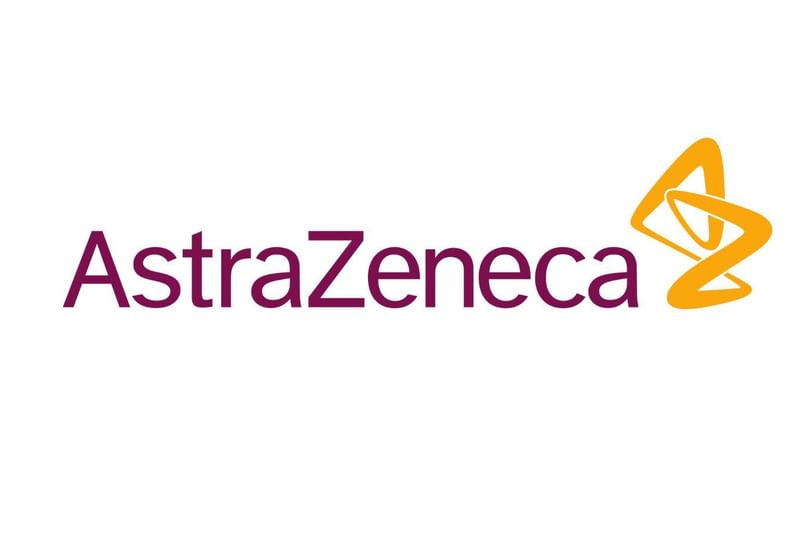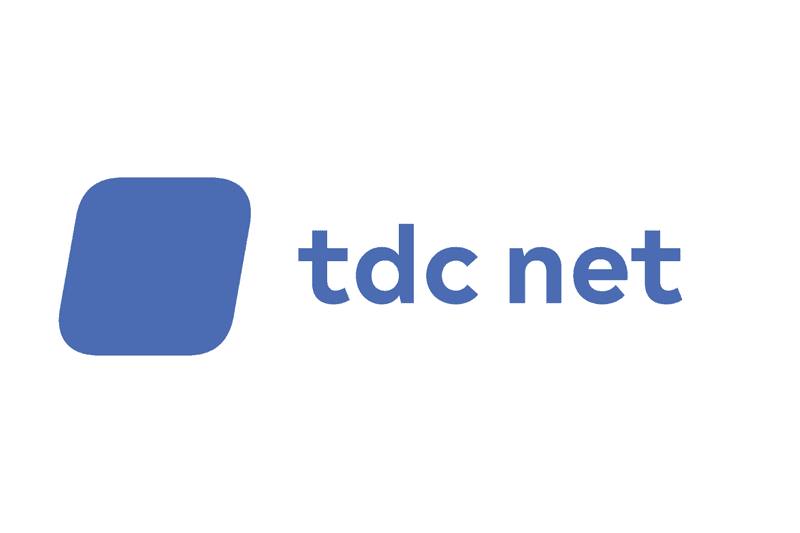

Case Studies
Companies participating in the Science Based Targets initiative (SBTi) know that setting science-based targets is good for the planet and for business. Check out their testimonials to see how the SBTi helps businesses set emissions reduction targets – and how they have benefited.








